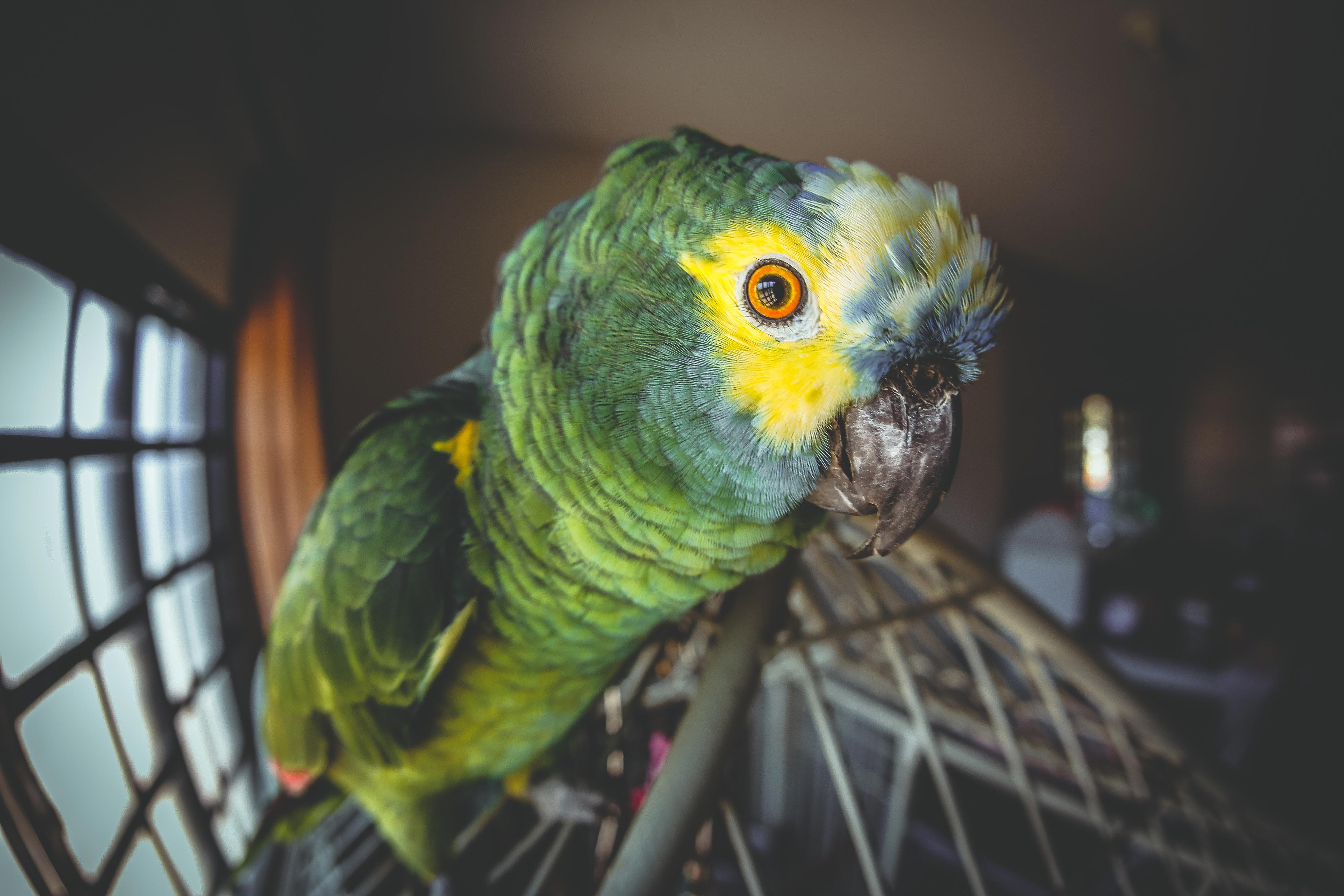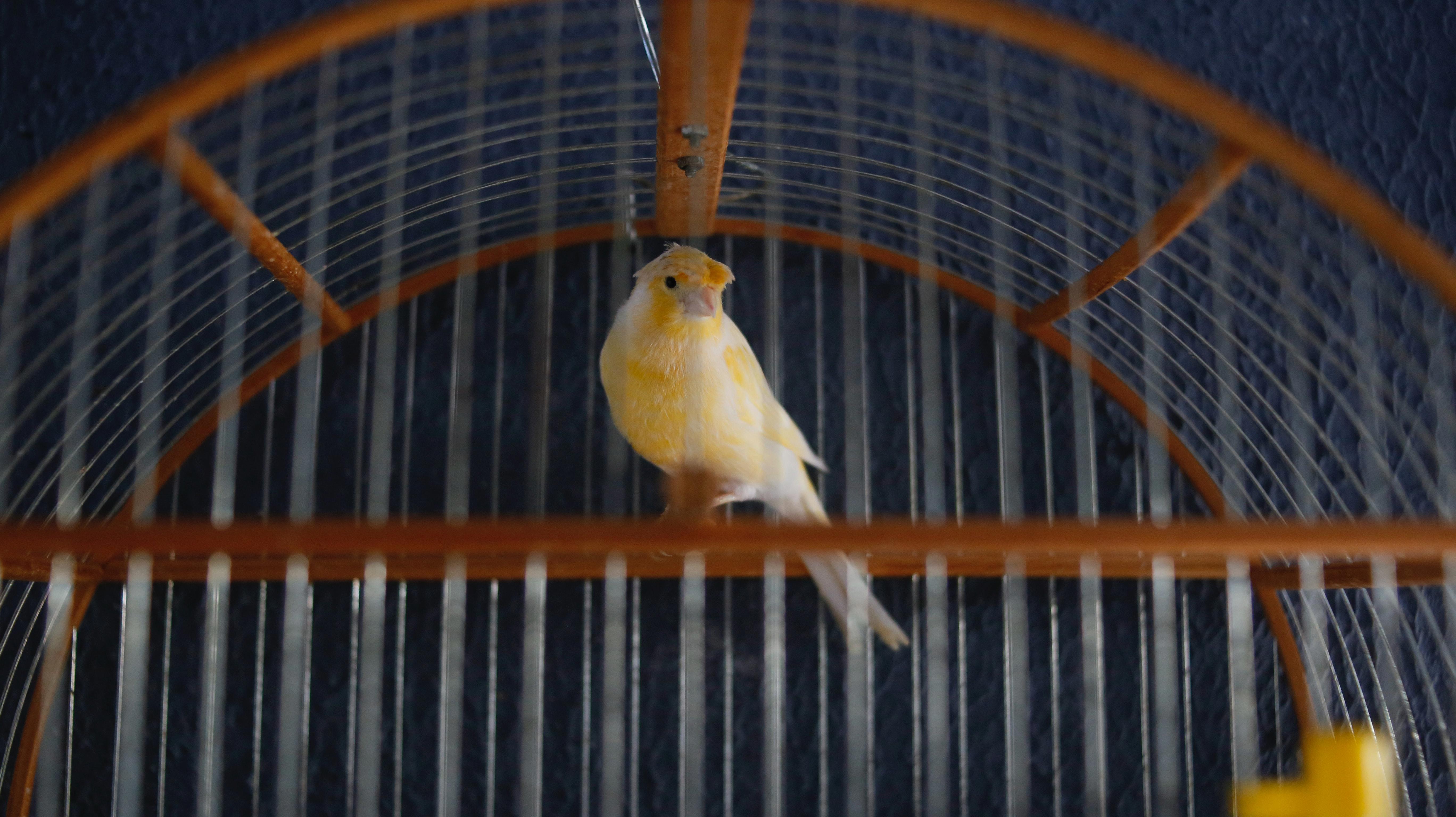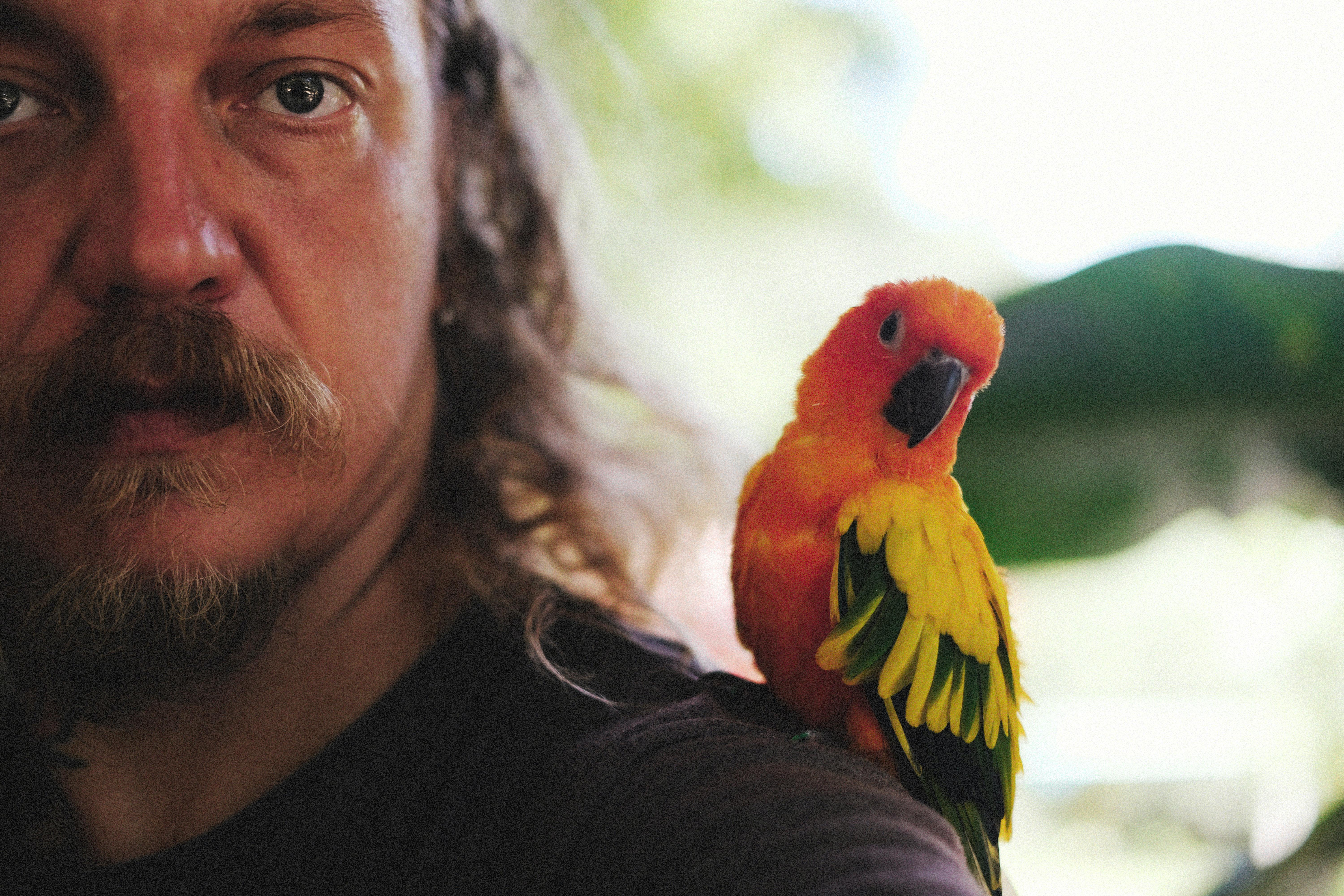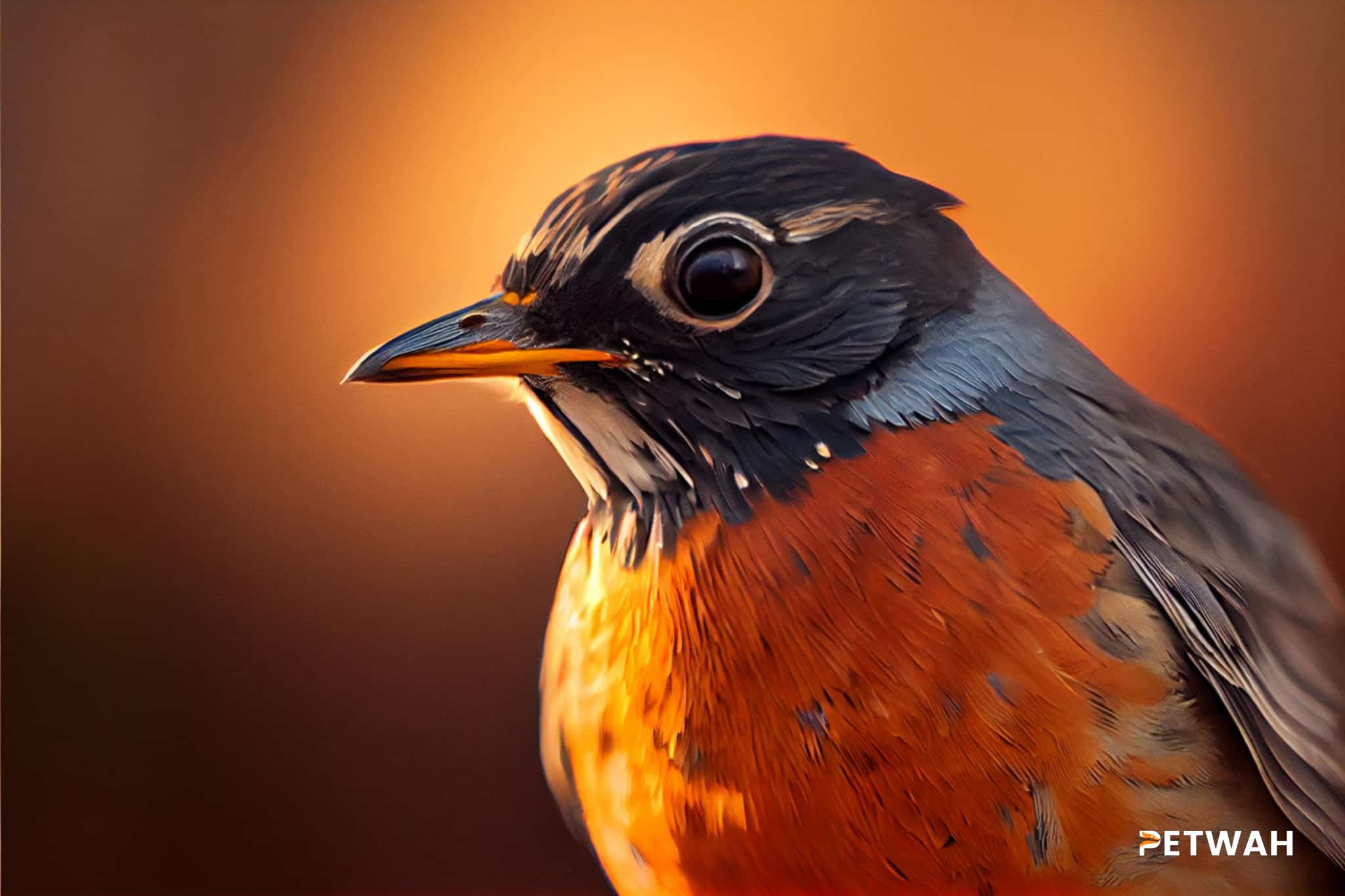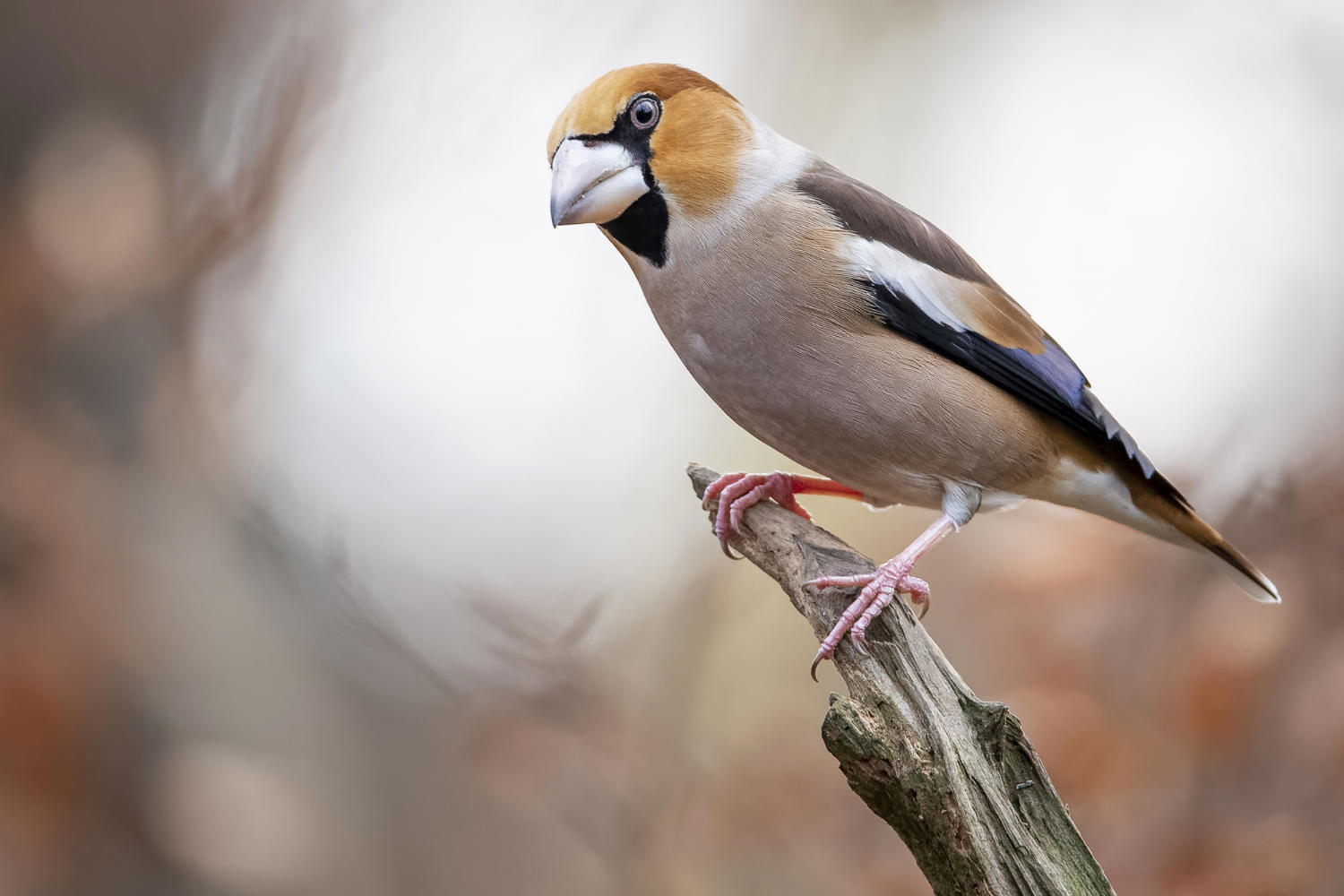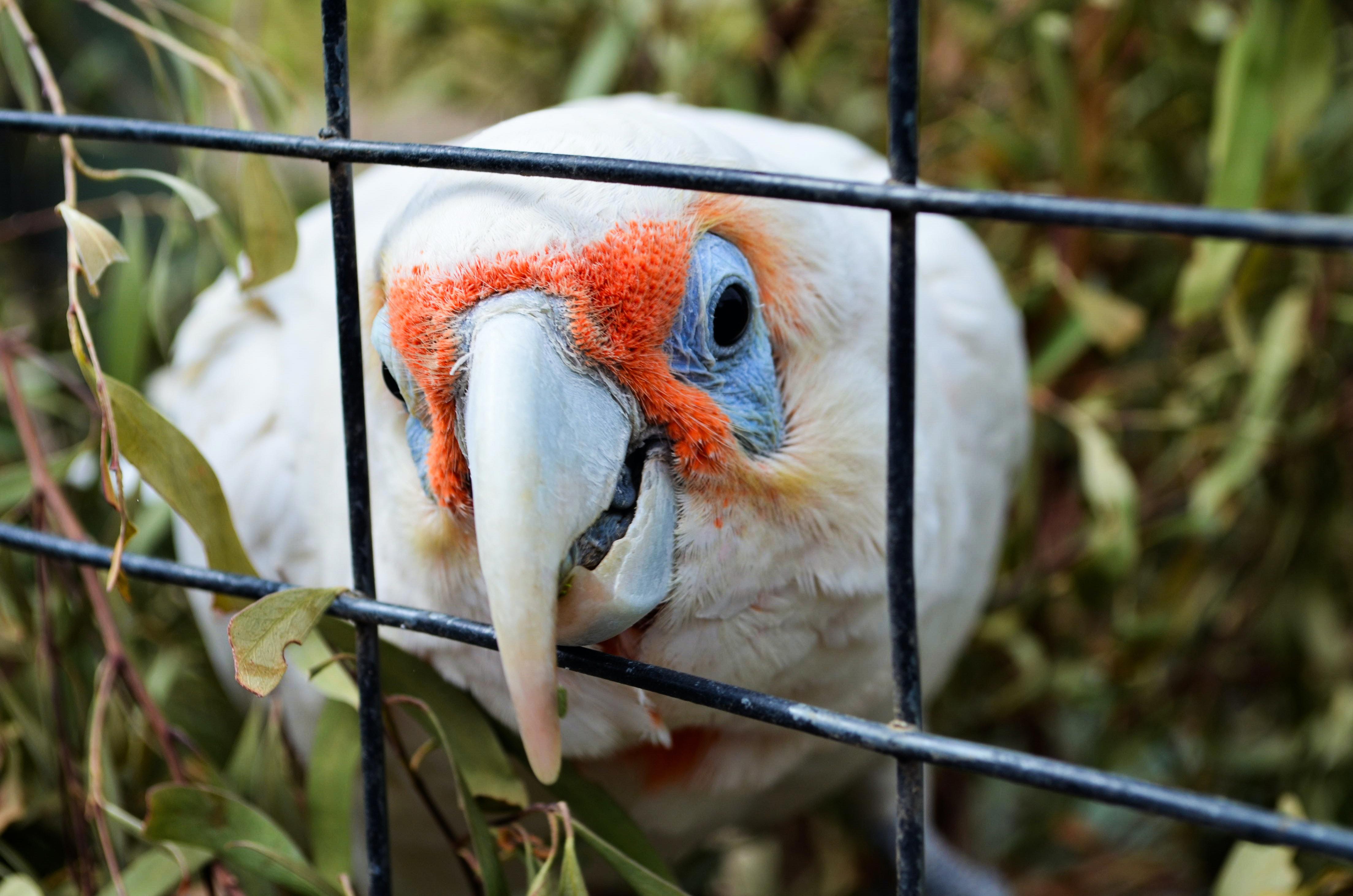
Are you ready to teach your beloved pet bird to speak? If so, you’ve come to the right place! Training your bird to speak can be a daunting task, but with this step-by-step guide, you can be sure that you and your pet will be talking in no time. We’ll be discussing the different techniques you can use to teach your bird to talk, the importance of positive reinforcement, and how to troubleshoot any issues you might run into along the way. So, get ready to learn the secrets of teaching your avian friend to speak!
Training Your Bird to Speak: A Step-By-Step Guide
Teaching your pet bird to speak is an exciting and rewarding experience. It can bring you and your feathered friend closer together and give you both something fun to do together. But it’s important to remember that this process can take months, and even years, of patience and dedication. So if you’re up for the challenge and ready to get started, here’s a step-by-step guide to training your bird to speak.
1. Start with a Healthy Bird
The first step to training your bird to speak is to make sure your feathered friend is in good health. Speak to your avian vet and make sure your bird is up to date on vaccinations and check-ups. If your bird is ill or has any sort of health issue, it will be harder for them to learn to speak and could even be dangerous for them.
2. Choose a Few Words
Before you start teaching your bird to speak, you’ll want to choose a few words or phrases that you want them to learn. This could be your name, a greeting, or even a favorite phrase of yours. It’s important to limit the number of words or phrases you want your bird to learn, as it can be overwhelming for them to learn too many at once.
3. Talk to Your Bird
Now that you have your words chosen, it’s time to start talking to your bird. Talk to them in a soothing, gentle voice and use the words or phrases you want them to learn. Speak slowly and clearly, and use your bird’s name if you like. This will help them learn the words more quickly.
4. Use Rewards
It’s important to reward your bird when they make progress. When they begin to mimic the words you’re saying, give them a treat or a scratch on the head. This will help to reinforce the behavior and make them more likely to repeat it.
5. Be Patient
Learning to speak takes time and patience. Don’t expect your bird to learn the words overnight, as it could take weeks or even months for them to get it right. Remember to be patient and don’t get frustrated if your bird isn’t picking up the words as quickly as you’d like.
6. Practice Makes Perfect
It’s also important to practice with your bird regularly. Speak to them often and use the words or phrases you want them to learn. The more you practice, the more likely your bird is to learn the words and phrases you’re teaching them.
Training your bird to speak is an exciting and rewarding experience. Just remember to be patient and consistent and you’ll be sure to get great results. With a little bit of dedication and hard work, you and your feathered friend can have lots of fun learning new words and phrases together. Good luck!
Training your bird to talk can be a time consuming and difficult task, but the rewards are more than worth the effort. With a few simple steps and a lot of patience, you can teach your bird to talk and have a conversation with you. From choosing the right bird, to teaching it the basic commands, to providing the right environment, you can make training your bird to talk a fun and rewarding experience. Now that you have the step-by-step guide, you can confidently embark on the journey of teaching your bird to talk. With enough practice, you and your feathered friend can soon be enjoying conversations with each other. So why wait? Start training your bird to talk today and enjoy the rewards!


